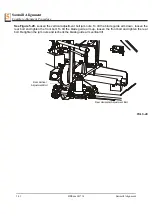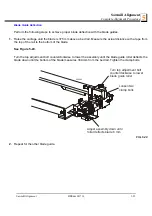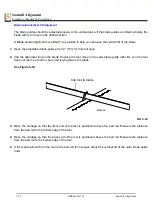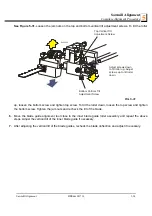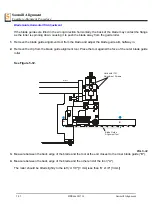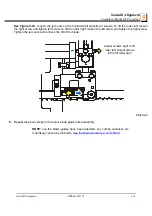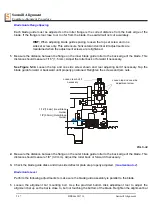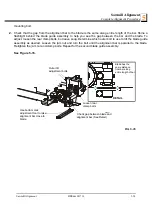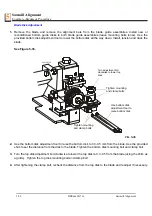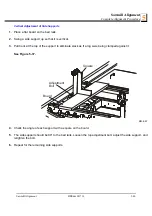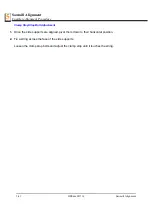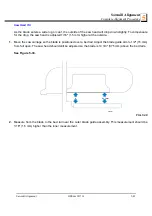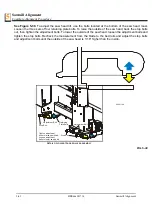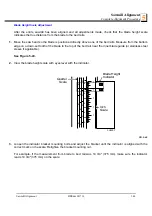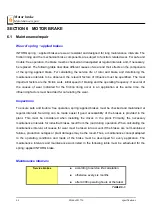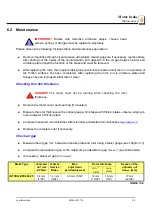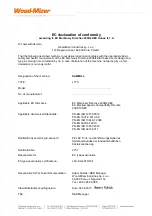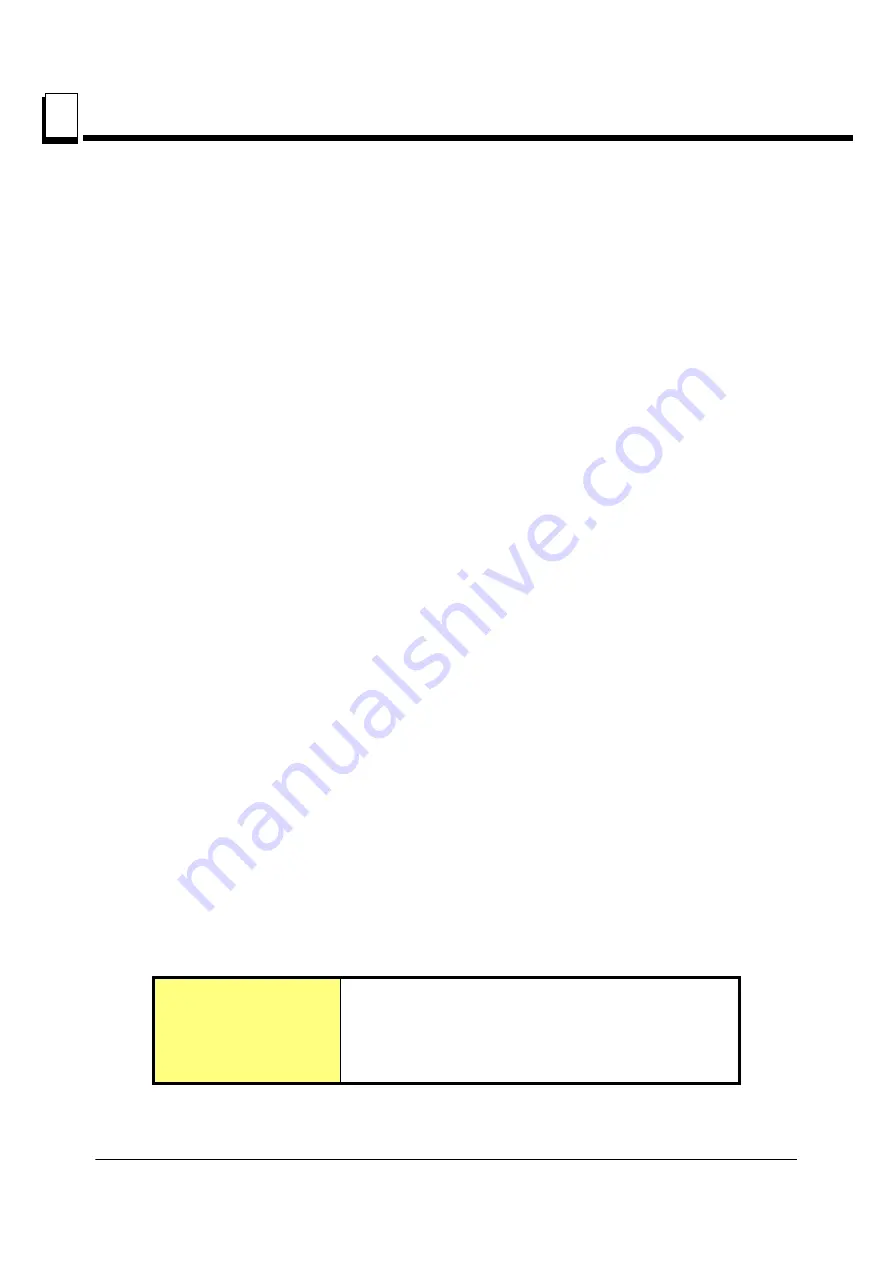
Motor brake
Maintenance/repair
6
6-1
EGdoc021716
specifications
SECTION 6 MOTOR BRAKE
6.1
Maintenance/repair
Wear of spring
−
applied brakes
INTORQ spring
−
applied brakes are wear
−
resistant and designed for long maintenance intervals. The
friction lining and the mechanical brake components are subject to function
−
related wear. For safe and
trouble
−
free operation, the brake must be checked and readjusted at regular intervals, and, if necessary,
be replaced. The following table describes different causes of wear and their effects on the components
of the spring
−
applied brake. For calculating the service life of rotor and brake and determining the
maintenance intervals to be observed, the relevant factors of influence must be quantified. The most
important factors are the friction work, initial speed of braking and the operating frequency. If several of
the causes of wear indicated for the friction lining occur in an application at the same time, the
influencing factors must be added for calculating the wear.
Inspections
To ensure safe and trouble
−
free operation, spring
−
applied brakes must be checked and maintained at
regular intervals. Servicing can be made easier if good accessability of the brakes is provided in the
plant. This must be considered when installing the drives in the plant. Primarily, the necessary
maintenance intervals for industrial brakes result from the load during operation. When calculating the
maintenance interval, all causes for wear must be taken into account.If the brakes are not maintained,
failures, production outages or plant damages may be the result. Thus, a maintenance concept adapted
to the operating conditions and loads of the brake must be developed for every application. The
maintenance intervals and maintenance work listed in the following table must be scheduled for the
spring
−
applied INTORQ brake.
Maintenance intervals
Service brakes
according to service life calculation
otherwise every six months
after 4000 operating hours at the latest
TABLE 6-1.

